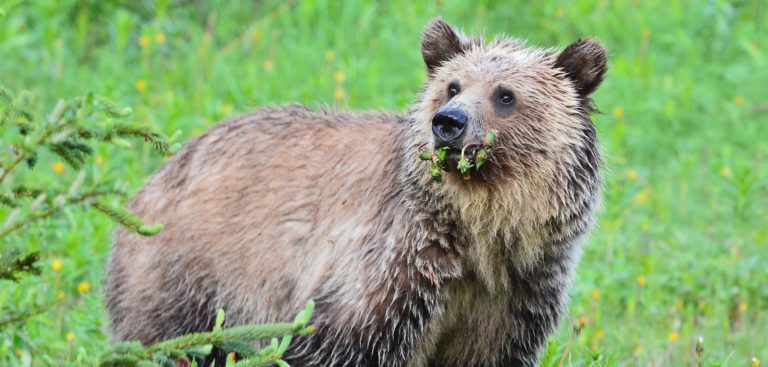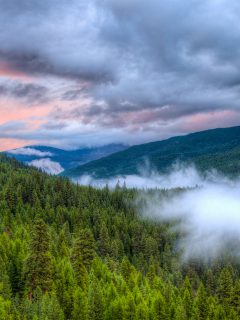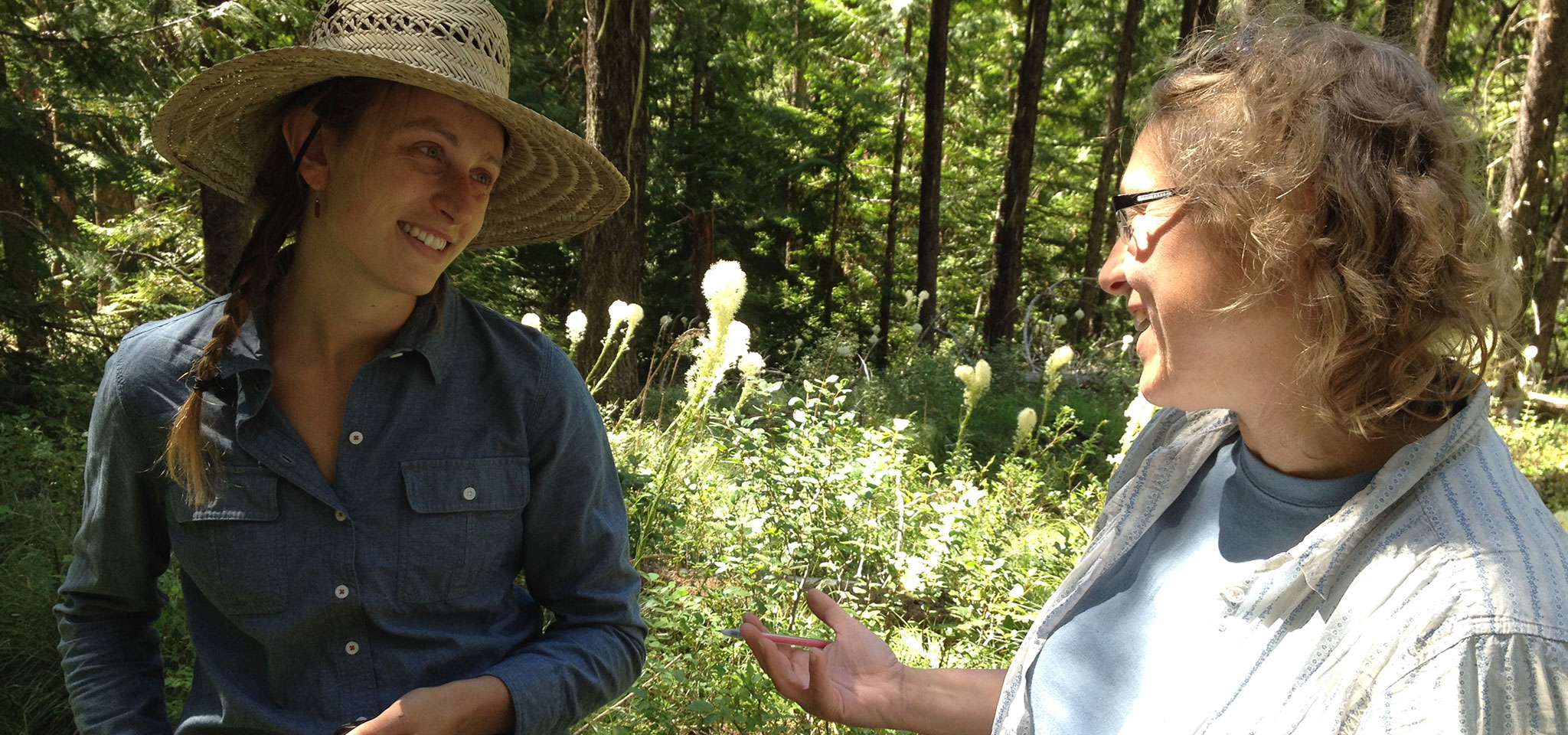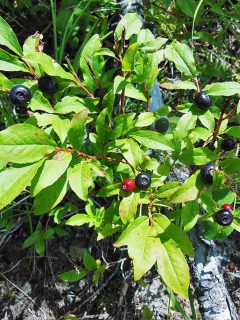
Grizzly Bears in the Yaak
Yellowstone to Yukon

The Yaak Valley is nestled in the far northwest corner of Montana in the Inland Temperate Rainforest region. Here weather systems from the Pacific push up against the Rocky Mountains and release moisture that creates a rich forest biomass not seen in other parts of the state.
The grizzly bear population is slowly increasing in the Cabinet-Yaak ecosystem after years of reintroducing bears to the area to help them get re-established. Wayne Kasworm, a wildlife biologist with the U.S. Fish and Wildlife Service, says there were 25-30 bears in the Cabinet-Yaak grizzly bear population in the 1990s. In 2016, Kasworm estimates the population to be roughly 50 bears with an annual growth rate of 1.4 percent.
Thriving Together
Coexistence programs are being deployed by communities throughout the United States and the Canadian Rockies, including in the Yaak. The goal of these programs is to secure attractants (e.g., chicken coops, community landfills) in an effort to deter bears from coming close to human populations to obtain unnatural food sources. Ultimately, if these programs are successful they will contribute towards a faster growing and healthier grizzly bear population and human-bear conflicts will decrease.
“We are committed to ensuring that if bears are coming into communities that attractants are secure,” says Robyn King, Yaak Valley Forest Council’s executive director. King applauds Montana Fish, Wildlife and Parks and Defenders of Wildlife for leading efforts to secure attractants in the Yaak. “Whenever possible, our priority is to keep bears away from homes by providing them with productive habitat.”
“Whenever possible, our priority is to keep bears away from homes by providing them with a productive habitat.”

Photo: Kris Boyd
From Berries to Bears
The Forest Council, Forest Service, and U.S. Fish and Wildlife Service are partnering on a project that ensures the habitat that returns after timber harvesting is productive for huckleberries. The THRIVE program stands for Terrestrial Habitat Restoration Initiative for Vegetation Enhancement. “I can never remember what the acronym stands for,” chuckles King. “I keep my sight on the goal of growing more huckleberries to keep bears foraging in their natural habitat.”
The Forest Service developed a variety of timber prescriptions to remove the timber overstory and provide huckleberry bushes better growing conditions. Huckleberries need a balance of light and adequate soil moisture to thrive. Both mechanical treatments and controlled burns are being used to create these conditions and stimulate the return of huckleberry bushes. “Huckleberries are finicky little plants – very little is known about them,” says Mike Giesey, silviculturist with the Kootenai National Forest. “When we started talking about restoring huckleberries, we were pleased to have the Yaak Valley Forest Council step up to monitor the project so we can all learn together.”
The Forest Service authorized two separate timber projects on the Kootenai National Forest to remove timber and improve huckleberry habitat, among other goals. Treatments occurred in 2014 and 2016. Mechanical timber removal was used if the treatment areas were large enough, contained marketable logs, and were accessible to equipment. Otherwise controlled burns were used to clear the understory. To date, Idaho Forest Group has successfully bid on and completed both of the timber projects that have occurred.

Keeping things Local
The Forest Council has been a key player in supporting the partnership, completing pre-treatment monitoring of the forest plots and providing data that will determine if this approach is worthwhile. “The Forest Council is monitoring 120 plots on over 400 acres,” shares Jessie Grossman, Yaak Valley Forest Council’s Forest Watch Coordinator. Its monitoring will take place every five years over the next several decades to track the progress of this approach.
“It’s a big job for a small organization,” says Grossman. She looks forward to learning with her partners working on the project. And, she is optimistic that this restorative forestry approach will have the outcomes they hope for. “We are looking for more ways to bring restoration forestry to the Kootenai National Forest in order to support local jobs and natural resource outcomes. This is just one way to provide income to people in our local communities.”
Wilburforce Foundation recognizes that supporting wildlife connectivity on a large landscape involves working at multiple scales and approaching issues like grizzly bear conservation from a variety of angles. It partners with on-the-ground groups like the Yaak Valley Forest Council to work with agencies and community leaders to craft unique solutions that will work locally. Ideally these solutions can serve as models for other communities that are facing similar challenges.



